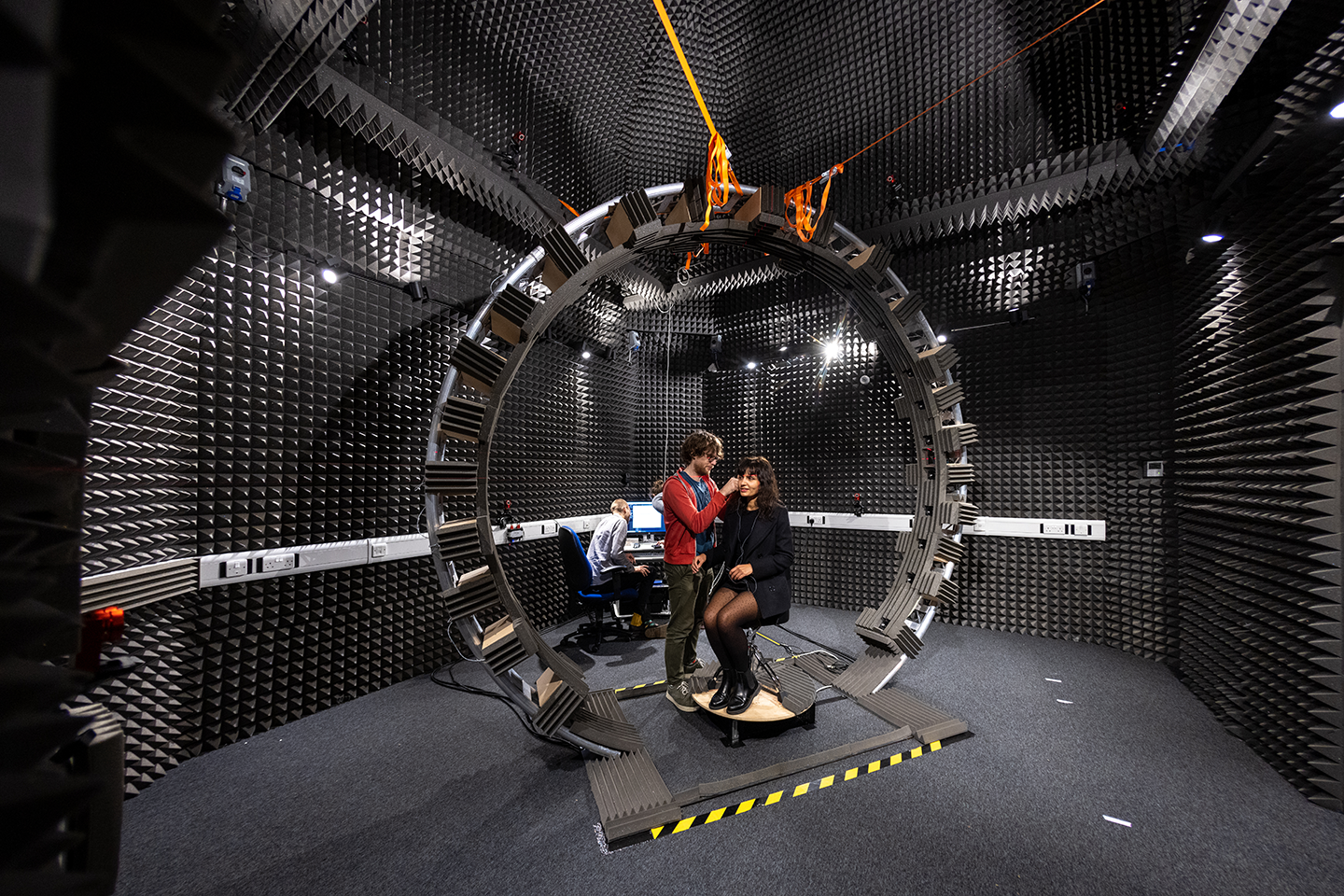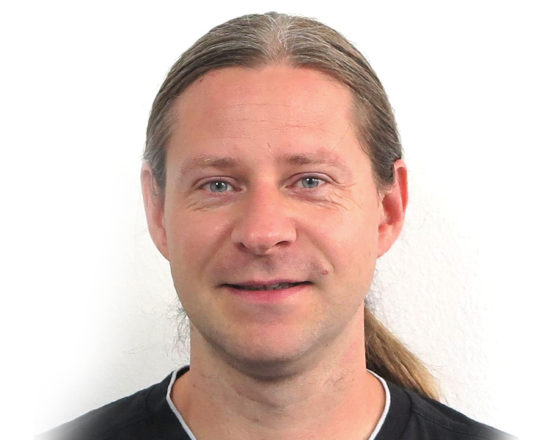


Principal Investigators (PIs)

Piotr Majdak
Acoustics Research Institute, Austrian Academy of Sciences (Austria)
Profile
Piotr Majdak, of the Acoustics Research Institute, Austrian Academy of Science, works on a better understanding of spatial hearing in humans. This involves research on the perceptual effect of the head-related transfer functions (HRTFs), their acoustic measurement and numeric calculation. It also includes spatial-hearing aspects in hearing-impaired population such as cochlear-implant users. His scientific work is also linked with the development of software such as the auditory modelling toolbox (AMT) and standards such as the spatially oriented format for acoustics (SOFA). He is a lecturer in the field of acoustics and audio engineering at various universities.
In SONICOM, first, Piotr Majdak will develop auditory models enabling other groups to estimate the impact of various measures on the spatial perception. Second, he will work on methods towards creating self-personalizing headphones. Third will be to create a SONICOM ecosystem, an open-source playground of software packages, experiment data, and machine-learning approaches, available to researchers interested in personalized spatial AR/VR systems.
Publications
- Marafioti, A., Majdak, P., Holighaus, N., and Perraudin, N. (2021). “GACELA: A Generative Adversarial Context Encoder for Long Audio Inpainting of Music,” IEEE J Sel Topics Signal Process 15: 120–131.
- Majdak, P., Baumgartner, R., and Jenny, C. (2020). “Formation of three-dimensional auditory space,” in The Technology of Binaural Understanding, edited by J. Blauert and J. Braasch, (Springer, Berlin, Heidelberg).
- Best, V., Baumgartner, R., Lavandier, M., Majdak, P., and Kopčo, N. (2020). “Sound Externalization: A Review of Recent Research,” Trends Hear 24: 2331216520948390.
- Baumgartner, R., Reed, D. K., Tóth, B., Best, V., Majdak, P., Colburn, H. S., and Shinn-Cunningham, B. (2017). “Asymmetries in behavioral and neural responses to spectral cues demonstrate the generality of auditory looming bias,” Proc Natl Acad Sci USA 114: 9743–9748.
- Laback, B., Egger, K., and Majdak, P. (2015). “Perception and coding of interaural time differences with bilateral cochlear implants,” Hear Res 322: 138–150.
- Baumgartner, R., Majdak, P., and Laback, B. (2014). “Modeling sound-source localization in sagittal planes for human listeners,” J Acoust Soc Am 136: 791–802.
- Majdak, P., Baumgartner, R., and Laback, B. (2014). “Acoustic and non-acoustic factors in modeling listener-specific performance of sagittal-plane sound localization,” Front Psychol 5: 319.
- Søndergaard, P. and Majdak, P. (2013). “The Auditory Modeling Toolbox,” in The Technology of Binaural Listening, edited by J. Blauert, (Springer, Berlin-Heidelberg, Germany).
- Majdak, P., Goupell, M. J., and Laback, B. (2010). “3-D localization of virtual sound sources: effects of visual environment, pointing method, and training,” Attent Percept Psycho 72: 454–469.
- Majdak, P., Balazs, P., and Laback, B. (2007). “Multiple exponential sweep method for fast measurement of head-related transfer functions,” J Audio Eng Soc 55: 623–637.
